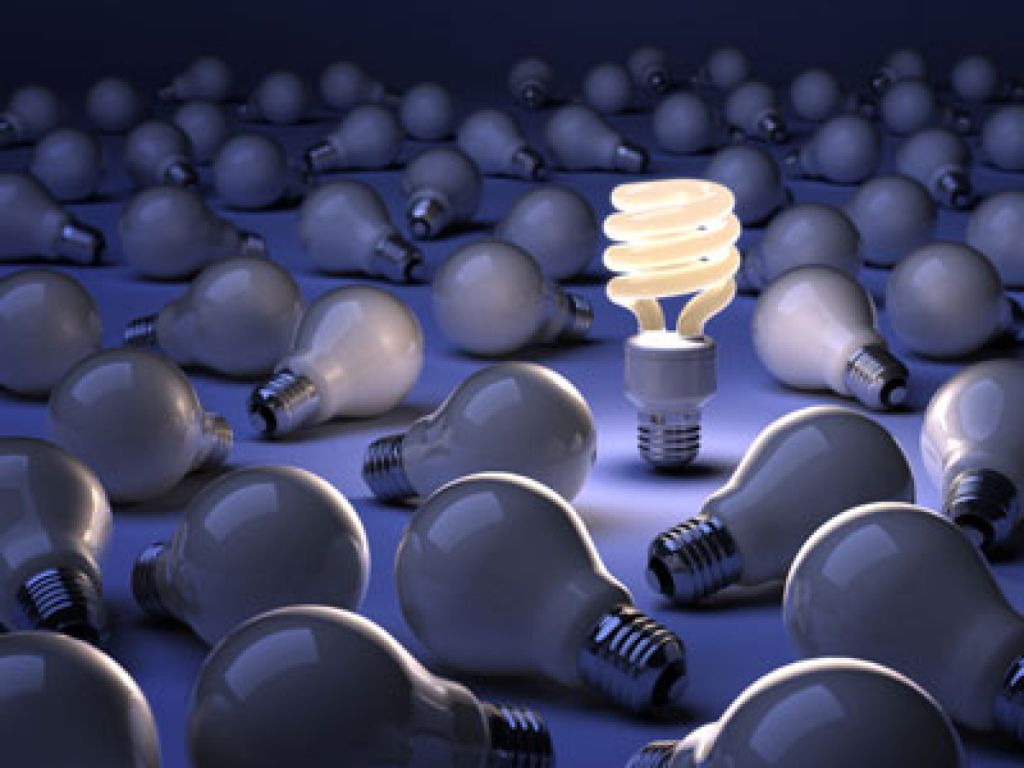POTENTIAL RULES COULD SAVE CONSUMERS NEARLY 30% ON LIGHTING BILLS
Today, the U.S. Department of Energy (DOE) announced initial steps beginning a rulemaking process that could deliver greater cost savings to consumers through more efficient general service lamps – better known as the common light bulb used in homes and businesses – by publishing a request for information (RFI) that seeks input from manufacturers, retailers, consumers, and other stakeholders across the supply chain about the current lighting marketplace. This action will inform and help advance the Biden-Harris Administration’s efforts to reduce greenhouse gas emissions and bolster the nation’s resilience to climate change.
“Energy efficiency standards are some of the most direct and effective tools we have to save consumers money on their electric bills and to fight climate change. Strengthening light bulb efficiency standards to minimize energy usage will bring us closer to achieving our vision for a cleaner and more efficient economy,” said Acting Assistant Secretary for Energy Efficiency and Renewable Energy Kelly Speakes-Backman. “This initial effort to hear from stakeholders will guide EERE on our next steps to drive energy and cost savings for the American consumer.”
The RFI seeks information regarding the availability of general service lamps with a 45 lumen-per-watt efficacy standard. DOE will use the feedback from the RFI to consider the impact on consumers and stakeholders of any implementation of that standard, with DOE seeking to ensure that consumers continue to have lamps that meet their needs for all their lighting applications.
The implementation of a 45 lumen-per-watt efficacy standard could save consumers nearly 30% on their lighting bills by upgrading inefficient lamps with more efficient products, while also reducing emissions of air pollutants.
Though the first federal efficiency standards for the most common light bulbs weren’t established by Congress until 2012, the results of these regulations have been stunningly effective – the most common light bulbs now sold in the United States consume nearly 80% less energy than the traditional incandescent bulbs widely used in 2012. After steadily rising for many years, total U.S. household energy use over the past decade has flattened, with lighting playing a huge role in halting that trend.
Despite this progress, electricity used for lighting still costs Americans $7.4 billion annually, which is why DOE is initiating this RFI, to consider whether current rules adequately meet the needs of the American people.
To learn more, please visit the Department of Energy’s Appliance and Equipment Standards Program.


